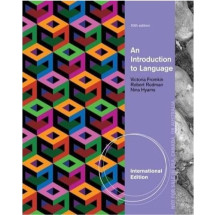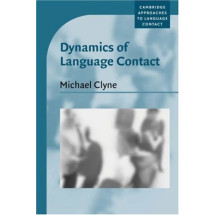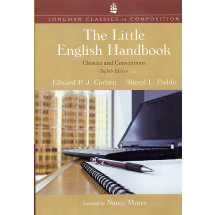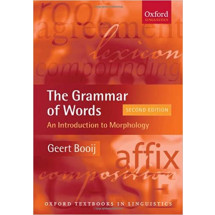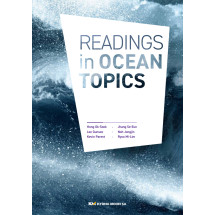CHAPTER 1 What Is Language? 1
Linguistic Knowledge 1
What Is Grammar? 8
What Is Not (Human) Language 11
Language and Thought 14
CHAPTER 2 Morphology: The Words of Language 21
Content Words and Function Words 22
Morphemes: The Minimal Units of Meaning 23
Rules of Word Formation 29
Morphological Analysis: Identifying Morphemes 43
CHAPTER 3 Syntax: Infinite Use of Finite Means 49
What the Syntax Rules Do 51
Sentence Structure 52
The Internal Structure of Phrases 69
Grammatical Dependencies 79
CHAPTER 4 The Meaning of Language 97
What Speakers Know about Sentence Meaning 98
When Compositionality Goes Awry 100
Lexical Semantics (Word Meanings) 105
Pragmatics 117
CHAPTER 5 Phonetics: The Sounds of Language 137
Sound Segments 137
The Phonetic Alphabet 139
Articulatory Phonetics 141
Major Phonetic Classes 155
Prosodic Features 156
Phonetic Symbols and Spelling Correspondences 158
CHAPTER 6 Phonology: The Sound Patterns of Language 168
The Pronunciation of Morphemes 169
Phonemes: The Phonological Units of Language 173
The Rules of Phonology 183
Prosodic Phonology 193
Sequential Constraints of Phonemes 196
Why Do Phonological Rules Exist? 198
Phonological Analysis 199
CHAPTER 7 Language in Society 207
Dialects 207
Languages in Contact 222
Language in Use 231
CHAPTER 8 Language Change: The Syllables of Time 244
The Regularity of Sound Change 245
Phonological Change 247
The Great Vowel Shift 248
Morphological Change 250
Syntactic Change 251
Lexical Change 254
The History of Writing 262
CHAPTER 9 Language Acquisition 271
The Linguistic Capacity of Children 271
The Role of the Linguistic Environment:
Adult Input 289


